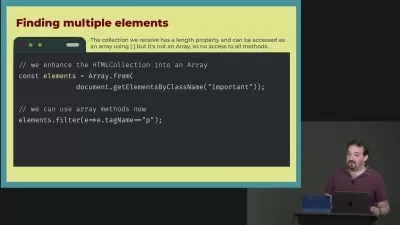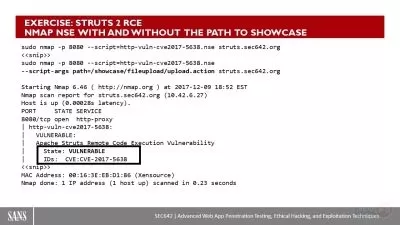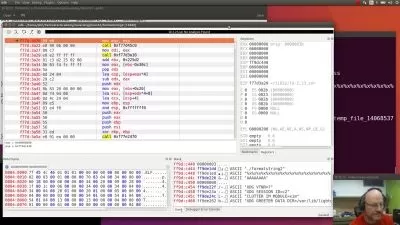Ethical Hacking: Hacking Web Applications
Troy Hunt
4:49:02
Description
Pluralsight is not an official partner or accredited training center of EC-Council. Understanding how to detect and identify risks in your web applications is absolutely critical. This course goes through the risks in depth.
What You'll Learn?
Pluralsight is not an official partner or accredited training center of EC-Council. The security profile of web applications is enormously important when it comes to protecting sensitive customer data, financial records, and reputation. Yet, web applications are frequently the target of malicious actors who seek to destroy these things by exploiting vulnerabilities in the software. Most attacks against web applications exploit well known vulnerabilities for which tried and tested defenses are already well-established. Learning these patterns – both those of the attacker and the defender – is essential for building the capabilities required to properly secure applications on the web today. In this course, we'll look a range of different security paradigms within web applications both conceptually and in practice. They'll be broken down into detail, exploited, and then discussed in the context of how the attacks could have been prevented. This course is part of the Ethical Hacking Series. http://blog.pluralsight.com/learning-path-ethical-hacking
More details
User Reviews
Rating
Troy Hunt
Instructor's Courses
Pluralsight
View courses Pluralsight- language english
- Training sessions 65
- duration 4:49:02
- level preliminary
- Release Date 2023/10/11







![Build a Travel Blog App with React and Chakra UI MERN [2023]](https://traininghub.ir/image/course_pic/8768-x225.webp)




